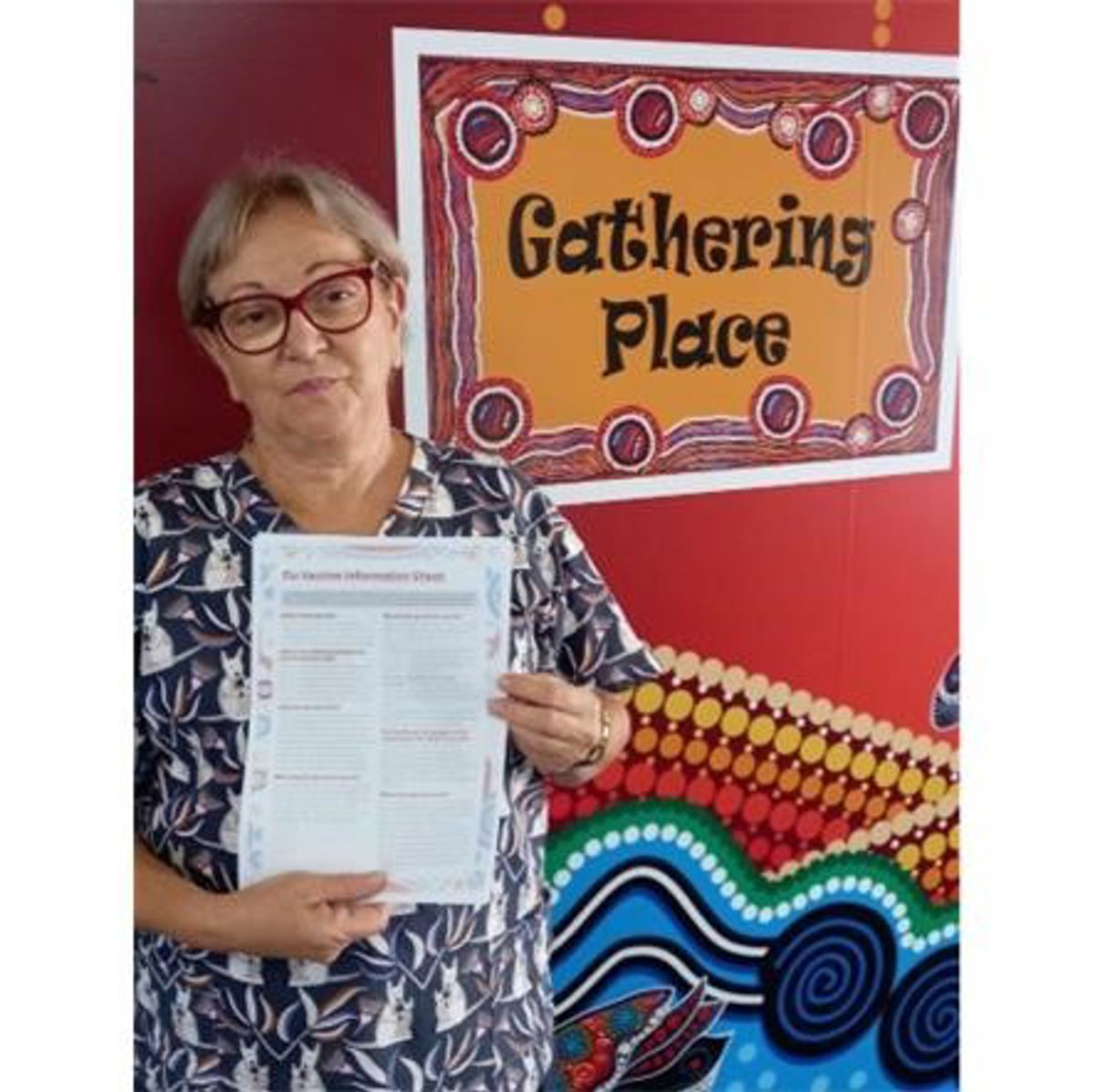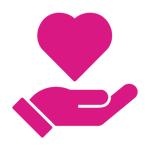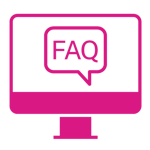June has worked in health for decades. She has promoted breast screening, organised groups and supported Aboriginal women to access breast screening services, but breast cancer has affected her personally too.
My name is June, I am a mother of two and have worked in health for decades. My wish is to see continued strengthening relationships and respect between Aboriginal and non-Aboriginal peoples for the benefit of all Australians. This is what Reconciliation means to me.
I was born and still live on the beautiful Kamilaroi land. My mother was born on a little Aboriginal Reserve - Walhallow - in Northern NSW. My father is of Irish and Australian heritage.
My involvement with BreastScreen NSW is both personal and professional. It has been part of my own journey and, in the past, part of my job. I promoted breast screening, organised groups and supported individual Aboriginal women to access breast screening services.
In the mid-2000s, doctors found three different types of tumours in one of my sister’s breasts. She was eventually diagnosed with BRCA2, a faulty cancer gene. Within 12 months, I received the same diagnosis after a small tumour was detected in my left breast. I chose to have both my breasts removed. This was the best option for me due the BRCA2 gene and the type of tumour I had. Through researching BRCA2, I discovered my father was the carrier.
Find out more about your personal risk of breast cancer here.

I cried the day I had both my breasts and nipples removed. As a woman, I felt my breasts shaped my body and had nourished both my children for the first months of their lives. But I also knew the likely outcome if I didn’t have my breasts removed. I wanted to see my children and grandchildren grow into young adults and I wanted to enjoy my life.
My personal advice:
• Speak to your doctor, women’s health nurse or another health professional if you have questions about your breast health.
• Learn how to examine your own breasts and under your arms for lumps or unusual changes. I started this conversation with my health service provider when I started having pap smears.
• Most importantly, don’t wait for signs and symptoms of breast cancer, have your breast screen done – it saved my life.



